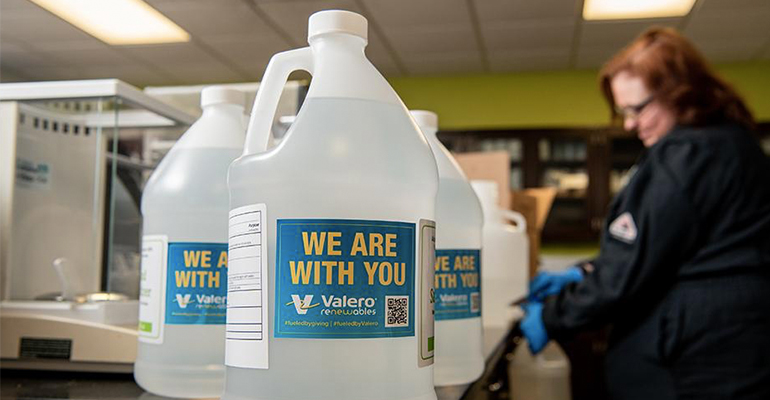In the United States (US), Valero Energy Corporation (Valero) and BlackRock Global Energy & Power Infrastructure Fund III, a fund managed by BlackRock Real Assets, have announced that they are partnering with NES Midstream, LLC (Navigator Energy Services – Navigator) to develop an industrial-scale carbon capture and storage (CCS) pipeline system.

The carbon capture and storage (CCS) project seeks to provide biorefineries and other industrial participants a long-term, economic path to materially reduce their carbon footprint while maximizing the value of their end-product in a cost-effective manner that is safe for the environment.
We are very excited to partner with Valero and Navigator in the development of this project. Carbon capture infrastructure is a key part of reducing global carbon dioxide emissions, and we look forward to executing this important project with high-quality industry partners and creating a strong investment for our funds, said Mark Florian, Head of BlackRock Global Energy & Power Infrastructure team, which invests in essential, long-term infrastructure investments in energy and power sector and sits within BlackRock Real Assets.
The initial phase is expected to span more than 1 200 miles (≈ 1 930 km) of new carbon dioxide (CO2) gathering and transportation pipelines across five Midwest states with the capability of permanently storing up to 5 million tonnes of CO2 per annum.
Pending third-party customer feedback, the system could be expanded to transport and sequester up to 8 million tonnes of CO2 per annum.
Valero, the largest renewable fuels producer in North America, is expected to become an anchor shipper by securing a majority of the initially available system capacity.
This project demonstrates our leadership in energy transition through innovation in renewables. We continue to expand our long-term competitive advantage with investments to produce lower carbon fuels, said Joe Gorder, Chairman, and CEO of Valero.
Expandable system
Navigator will work with each counterparty to install or connect the applicable carbon capture equipment to the pipeline at various receipt points in Nebraska (NE), Iowa (IA), South Dakota (SD), Minnesota (MN), and Illinois (IL).
The proposed system plans to transport liquefied CO2 through the pipeline, ranging from 6” to 16” in diameter, for delivery into a central sequestration facility contemplated to be in south-central Illinois. The system is expected to have the ability to expand materially if driven by demand.
Navigator is expected to lead the construction and operations of the system and anticipates operations to begin in late 2024. In the coming months, Navigator will seek additional commitments to utilize the remaining capacity via a binding open season process.
Now is the time for industry-leading market participants to join forces to complete an environmentally focused midstream project of this size and scale. Harnessing our collective resources and strengths will create a unique infrastructure project that changes the way carbon emissions are managed, said Matt Vining, Navigator’s CEO.


